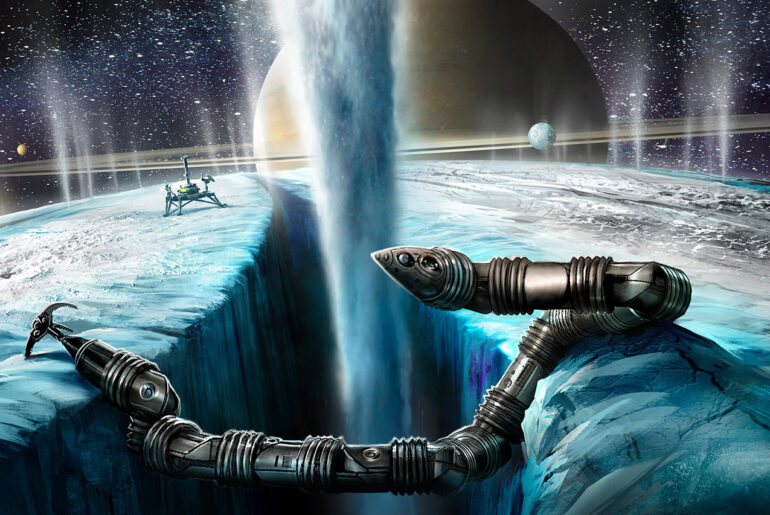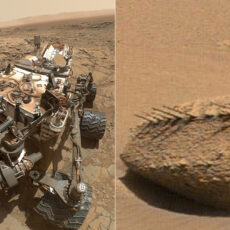
NASA’s JPL proposes an Exobiology Extant Life Surveyor (EELS) robot to explore ocean worlds like Saturn’s Enceladus moon. The plumes erupting from Enceladus’s surface are conduits directly to liquid water, potentially making this the simplest path to a habitable liquid ocean. The EELS architecture can be adapted to the challenges it may face on this journey from the surface to the ocean.
What does EELS looks like? It’s essentially a snake-like, self-propelled robot consisting of multiple, identical, segments containing both the actuation as well as propulsion mechanisms, along with the power and communication electronics to drive them. It utilizes unique rotating propulsion units that act as tracks, gripping mechanisms and propeller units underwater, allowing the robot to access a plume vent exit and then follow it to its ocean source.
- High-Quality Optics: The astronomical telescope features 500mm(f/7.1) focal length and 70mm aperture, provides stunning views and protects your eyes.
- High Magnification: Our durable telescope for kids and adults is quipped with two excellent-quality eyepieces (25mm and 10mm) and a 3x Barlow lens.it...
- Portable and Convenient: Telescope comes with a phone adapter and an adjustable aluminum tripod. Wireless remote control and carrying case for...

A mobility system designed to explore internal and enclosed dynamic terrain structures in order to assess habitability and evidence for life. This system can further Ocean World exploration by its diverse adaptability to various types of terrains. EELS allows for deeper exploration into areas that were once unattainable,” said the Jet Propulsion Laboratory.







